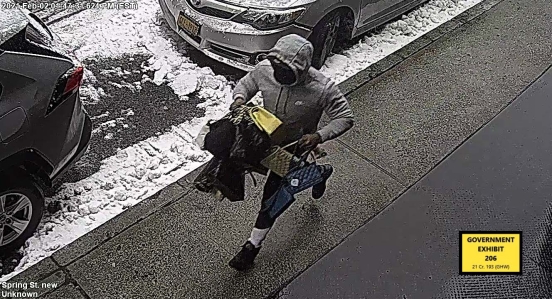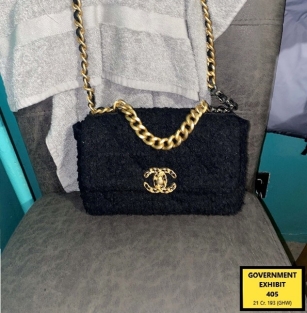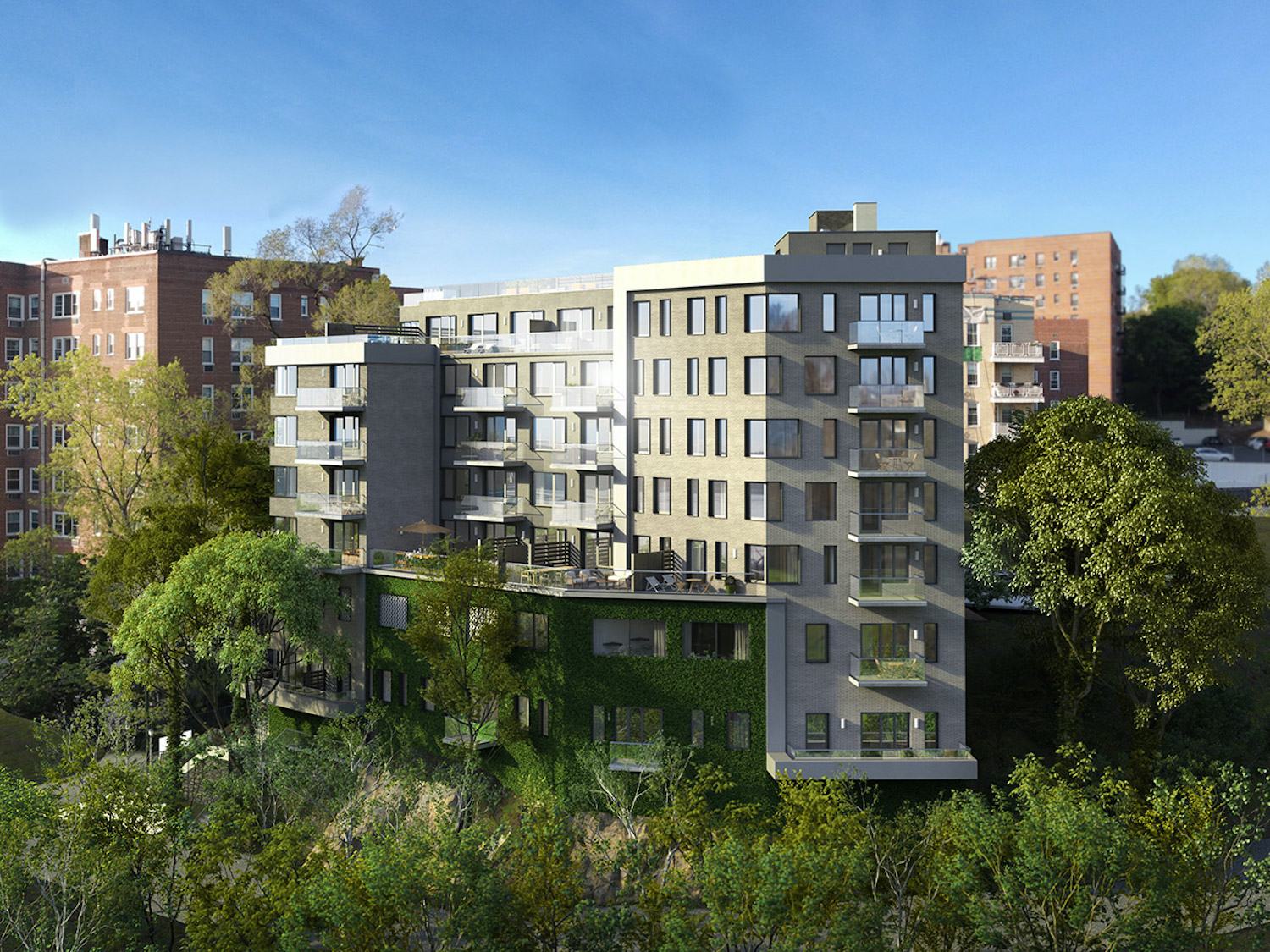Public Advocate Jumaane D. Williams today emphasized the need to redefine public safety and combat the root causes of the recent rise in gun violence to make New York City safer. In his comments at an oversight hearing of the Committee on Public Safety focused on the mayor’s recent Blueprint to End Gun Violence, the Public Advocate stressed that the city cannot simply police its way out of longstanding issues and repeated his calls for investment in the communities that face the most violence.
“I know the pain that these shootings can cause in communities that know too well the shock and trauma from this epidemic. We cannot accept this as normal, and we cannot go numb to the violence in our streets,” said Public Advocate Jumaane D. Williams. “I do appreciate that Mayor Adams’ administration acknowledges gun violence as a public health crisis. I agree that this issue is a public health issue. At the same time, I do not believe this Blueprint, and the parts that have been most focused on, goes far enough to provide immediate relief and long-term transformational changes that are needed.”
The Public Advocate analyzed the mayor’s Blueprint to cite both areas of agreement and elements that could negatively impact New Yorkers. He explained that the expanded Summer Youth Employment Program as well as the mayor’s proposed investments in mental health programming would bring positive change. At the same time, the Blueprint also in part attributes the rise in gun violence to bail reform and Raise the Age legislation, which data refutes. He emphasized that, “We can’t use excuses of the past that result in overpolicing of communities of more color and mass incarceration is unproductive and dishonest. We can and should do better to stop the violence in our communities.”
Alternatively, the Public Advocate recommended his own framework to combat gun violence and reimagine policing in New York City. Among many proposals, his plan suggests increased investment in the Mayor’s Office of Gun Violence Prevention and providing expanded social, educational, vocational, and health care services to the communities hardest hit by gun violence. “The neighborhoods that see the highest rate of shootings are the same neighborhoods with the highest rates of unemployment. They are the same neighborhoods that saw the highest COVID-19 cases during the height of the pandemic. They are the same neighborhoods facing a housing crisis and without access to education facilities that are properly funded and resourced.”
In pushing for a greater budgetary focus on services, many of which are cut in the preliminary budget, than on enforcement agencies who are set to have their budgets increase, the Public Advocate said, “I understand that there has to be accountability for violence in our communities. None of these things are about excuses. The problem is that we spend more on getting accountability than actually addressing these structural issues in the first place … I hope that this administration does not rely on the strategies that saw Black and Brown New Yorkers overpoliced and jailed … We need to make sure people, especially young people, can get a chance to succeed rather than face the trauma and stress seen across previous administrations.”
In closing, the Public Advocate reminded the administration, “Communities have the solutions and the answers, and the administration should make sure to listen to these ideas.”
The Public Advocate’s full comments as delivered are below.
TESTIMONY OF PUBLIC ADVOCATE JUMAANE D. WILLIAMS
TO THE NEW YORK CITY COUNCIL COMMITTEE ON PUBLIC SAFETY - OVERSIGHT - MAYOR’S BLUEPRINT TO END GUN VIOLENCE
MARCH 30, 2022
Good morning,
My name is Jumaane D. Williams, and I am the Public Advocate for the City of New York. I would like to thank Chair Kamillah Hanks for holding today’s hearing and for allowing me some opportunities to speak on the Mayor’s Blueprint to End Gun Violence. I’m thankful to see Commissioner Sewell as well.
The devastating rise in gun violence is alarming and a tragedy, with 28 people shot over a weekend this month alone. I know the pain that these shootings can cause in communities that know too well the shock and trauma from this epidemic. We cannot accept this as normal, and we cannot go numb to the violence in our streets. I do appreciate that Mayor Adams’ administration acknowledges gun violence as a public health crisis. I appreciate the work that both of us have done together over the years on this issue. I agree that this issue is a public health issue. At the same time, I do not believe this Blueprint and the parts that have been most focused on goes far enough to provide immediate relief and long-term transformational change that are needed
There are very great spaces of agreement in the Blueprint. An expanded Summer Youth Employment Program is the right step to offer long-overdue resources to young people. In addition, the administration’s desire to invest in mental health programs that offer direct need to people is a welcome announcement. The fact that we will be trying to structuralize the Crisis Management System into other agencies. The fact there was an agreement to get other agencies to look at COMPStat numbers instead of just the NYPD. I’m not sure those have moved along yet. Those are some areas of agreement that need to be built out much more. The issue is that this Blueprint does not go far enough on some of the other areas, and the emphasis on change doesn’t seem to be in the areas that need the most transformation.
In some areas, it takes a step back by using false narratives that drive gun violence. Focus on bail reform that we know is not the reason for the rise in gun violence in New York State nor across the nation. Raise the Age is not the reason for the rise in gun violence. I would love to see not just the age change of people who are shooting, but people not to shoot to begin with. We need an honest conversation to make meaningful changes, to stop violence, and to save lives. We can’t use excuses of the past that result in overpolicing of communities of more color and mass incarceration is unproductive and dishonest. We can and should do better to stop the violence in our communities.
The Mayor’s Blueprint should not result in something that appears like broken windows.
That type of policing has not, does not, and will not work to curb violence in our City. What we’ve learned in the past years that officers are not needed to fix a broken window. A broken window doesn’t always take the police to fix it. The Mayor’s Subway Safety Plan is an example of sending police to eject or arrest people in the transit system. Addressing the problems seen across communities in the City, or in our transit system, should not solely depend on police and should not have police going there first.
I recommend my Office’s newly-updated Redefining Public Safety platform released in January. The platform’s recommendations alone do not solve the epidemic of violence. The platform is designed to create a base to redefine, protect, and promote public safety in our City. The City should invest more in the Mayor’s Office of Gun Violence Prevention to target young people directly impacted by gun violence. Crisis Management System programming should be embedded with City agencies, as the Mayor said back in January this year. Law enforcement’s role in public safety is also important. It should involve community stakeholders in COMPStat meetings and policing strategies for transparency purposes and so other folks can provide the services they know they can in the same areas of the zip codes being focused on.
We have said for so many years that we know the concentration of gun violence and where it is occurring. The neighborhoods that see the highest rate of shootings are the same neighborhoods with the highest rates of unemployment. They are the same neighborhoods that saw the highest COVID-19 cases during the height of the pandemic. They are the same neighborhoods facing a housing crisis and without access to education facilities that are properly funded and resourced. It’s all going to be in the same community.
I understand that there has to be accountability for violence in our communities. None of these things are about excuses. The problem is that we spend more on getting accountability than actually addressing these structural issues in the first place. If we want to get this right, we need to address those issues. We have an opportunity to get it right, now, and this administration needs to reimagine public safety for our City. So we’re not apologizing for decisions we’re making in a few decades like we did 40 years ago when we tried to address the same issues.
I hope that this administration does not rely on the strategies that saw Black and Brown New Yorkers overpoliced and jailed. We have a preliminary budget that gives too much for the Department of Correction and the NYPD while defunding agencies like the Department of Education. We need to make sure people, especially young people, can get a chance to succeed rather than face the trauma and stress seen across previous administrations that deployed abusive strategies like the abuses of stop, question, and frisk.
I look forward to the administration’s testimony in explaining its vision and goals to stop this epidemic of gun violence. Communities have the solutions and the answers, and the administration should make sure to listen to these ideas. I’m proud to be a leading voice on these issues for over a decade. Even though many people fought tooth and nail, we were able to show that you can lower arrests, lower incarceration, lower shootings, lower use of force by police, lower people actually accusing police of use of force. In 2018 and 2019, when people were saying the same things, we actually showed the City was the safest it has ever been. If you are a victim of crime, that would mean absolutely nothing to you. But many of us would say crime would go up as we saw the pandemic impact. We should focus on what is working, what works, and understand the police are our law enforcement partners. We have to stop asking them to do the work of others. It’s unfair to them because they don’t have the tools. It’s unfair to the community.
I hope we can come together and get this right because we have to. Thank you so much. Peace and blessings.






